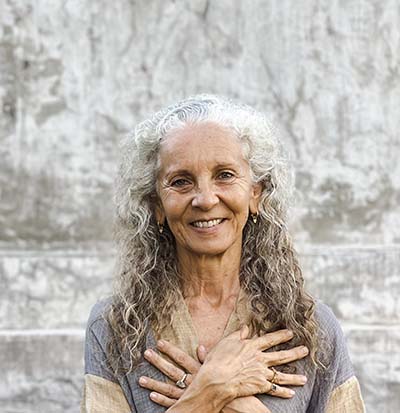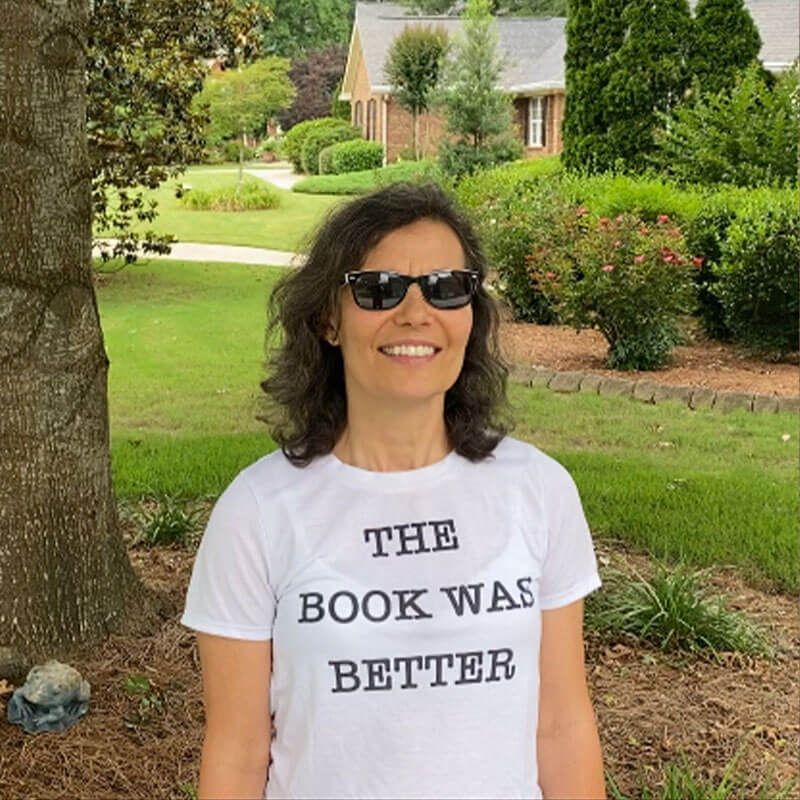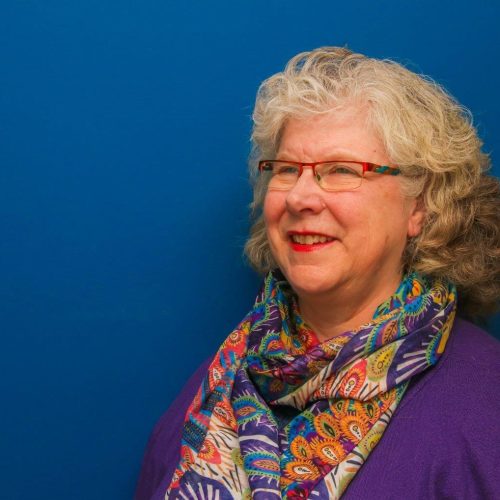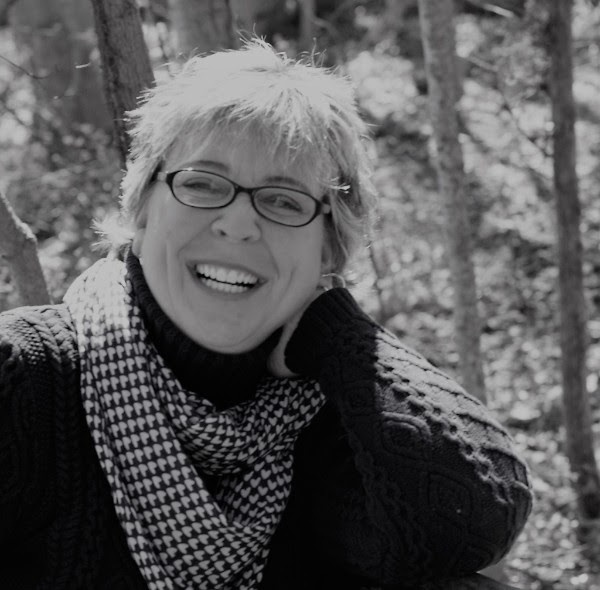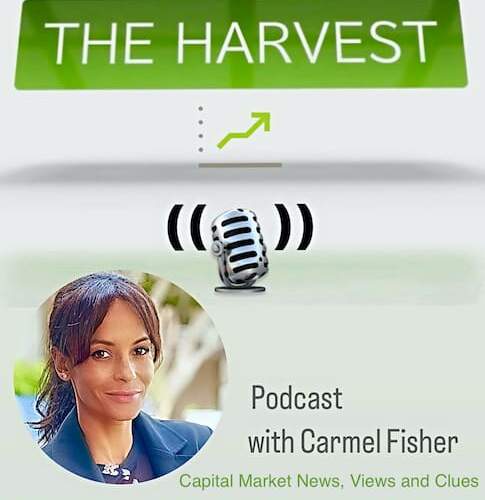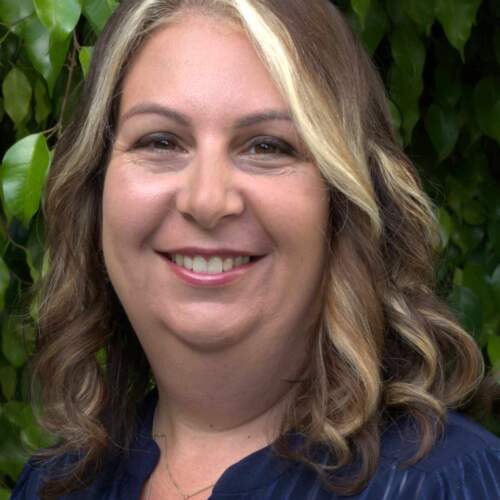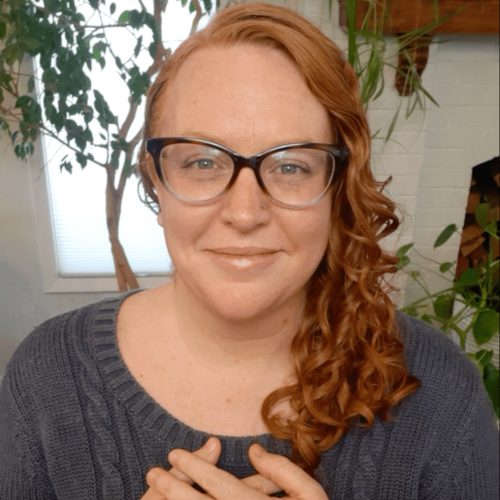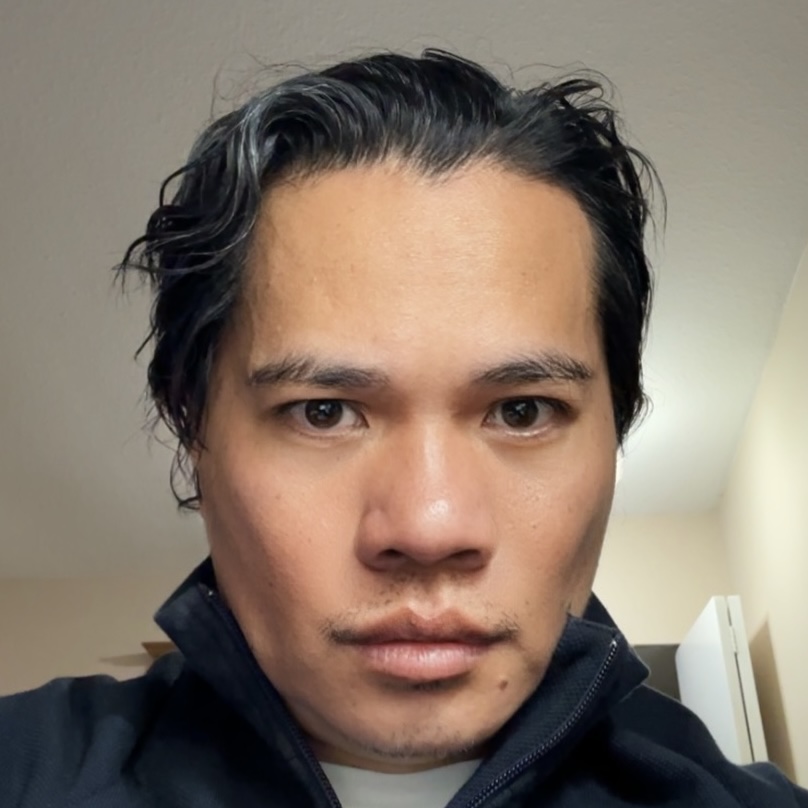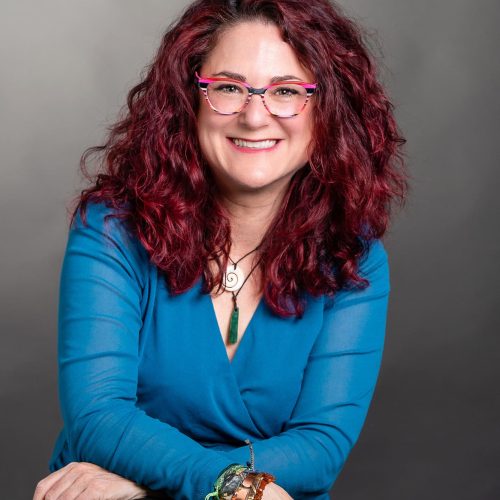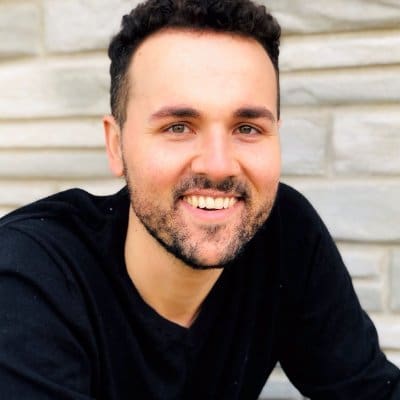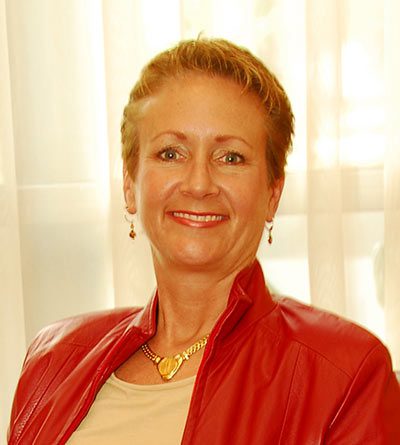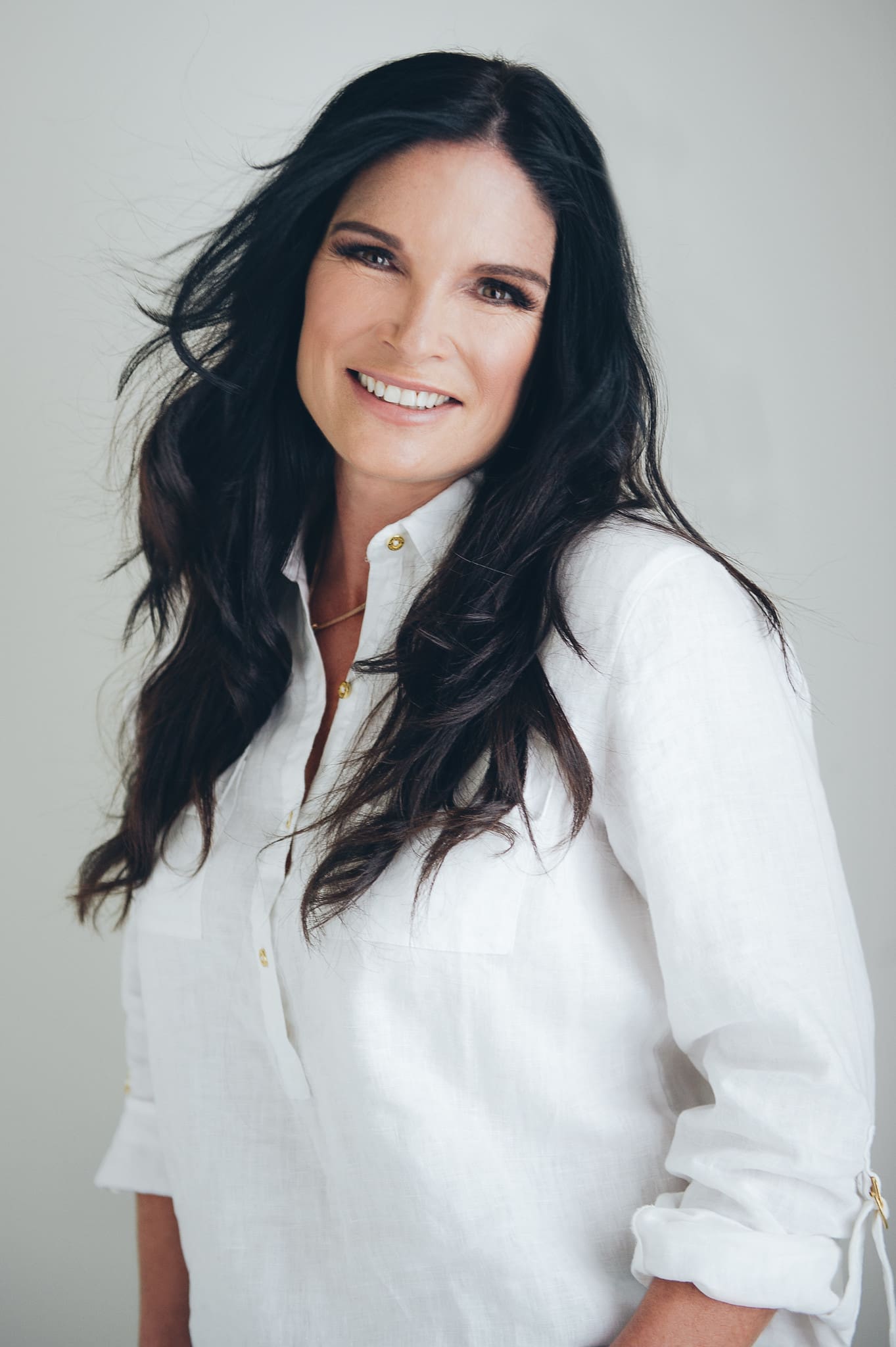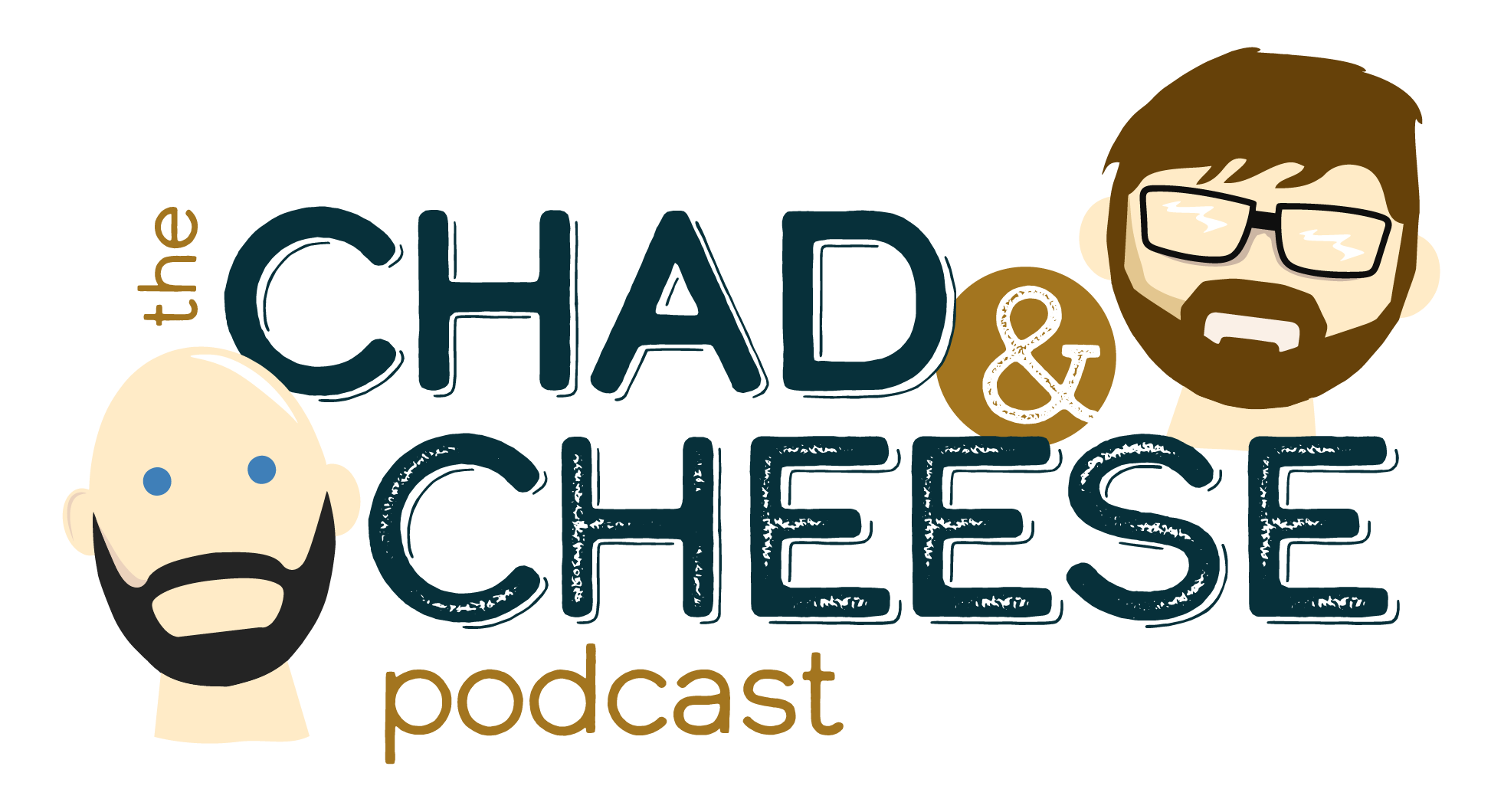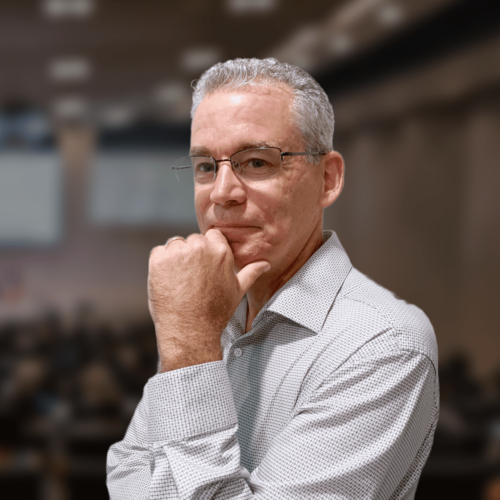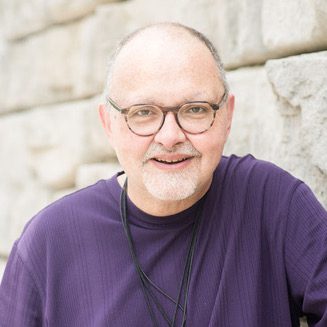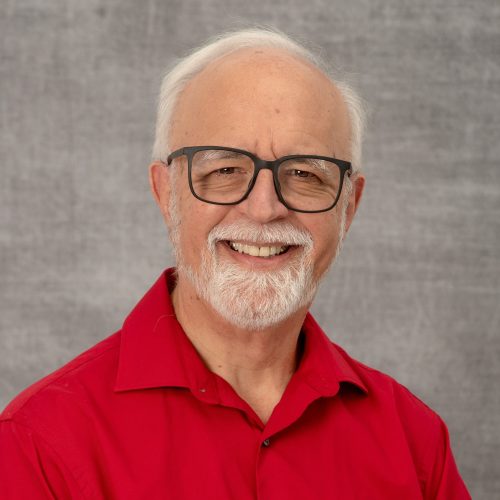Step Out of Fear and into Faith with the Practice of Ahimsa
Do you feel inspired to live your dharma but you’re afraid to take the next step?
Are you ready to uncover what’s blocking you from following your heart and fulfilling your purpose?
Join us for a free workshop on living your dharma. We’ll uncover 5 challenges you need to overcome to follow the calling of the heart to guide and uplift others.
Read the podcast transcript
Hello Everyone, this is Myra with Hale Puleʻs Everyday Ayurveda and Yoga podcast. Itʻs been a sweet month for us with an immersion in India exploring and enhancing the masculine and feminine aspects in us and attending a yagna, a cleansing fire ceremony for 5 days. The yagna was focused on cleansing and rejuvenating the five senses as well as the atmosphere around us. It was a gathering of agnihotra practitioners from all over the world. Agnihotra is a simple fire ceremony done daily at sunrise and sunset to align ourselves with the rhythms of nature. You can get more information on our website at Agnihotra Guide or at agnihotra.org. The peaceful release that comes with the practice of agnihotra brings me to todayʻs topic, ahimsa.
The word himsa in sanskrit, without the a, means violence toward others and ourselves. In sanskrit when the word has the a at the beginning it makes it opposite. So, Himsa toward others is fairly obvious. Harming others physically, mentally or emotionally not only harms others but brings negative karma to us and to the world. We will have negative consequences as a result. What about how we treat animals, plants and the earth? We as individuals and as a society have consequences from that as well. Everything we think and do matters. It all has a result or consequences.
Then what about ourselves? We harm ourselves when we overindulge in food or activities or knowingly eat or do things that are harmful to us. We also bring harm to ourselves and others with a lack of self awareness. We do and say things that are harmful sometimes without knowing it in the moment. That is one of the reasons for the practices of Ayurveda and Yoga. When they are employed in every aspect of our lives in a holistic, conscious, sattvic manner, on a regular basis over a period of time, we increase our self awareness and understanding. As a result we can make better choices. This is called viveka in sanskrit. Discernment. Discernment is different from judgement, which is about assessing the rightness and wrongness of things from your limited point of view. Discernment is the ability to make your own healthy choices, and in my experience the practice of discernment comes a lot easier when I consider the yamas and niyamas, or ethics of living from Yoga, including ahimsa, which is the first of the yamas.
When I started practicing Yoga asana I thought I needed to push myself because that was the way I knew how to do things. But I found out that that wasn’t going to get me what I wanted. What did I want? What was my motive for practicing asana? Well, at first I thought I wanted to feel better physically and manage my weight. It worked for a while. Until I kept pushing myself physically to a point of rattling my nervous system with doing poses I was not ready for. Can you relate to that? Twisting, bending and forcing yourself into your IDEA of a shape? Maybe a picture or a person you have seen? As we recognize in Ayurveda and Yoga, we are each a unique constitution and there isnʻt just one point to get to in a pose. There is always progression and each step of the way is beneficial to us and no one else.
Through the support of an experienced, conscious teacher I not only learned that just because I could force my body to do it, didn’t mean I should. The point is to let the expression of a pose unfold from the inside – that the body will release and open up when it is ready. And that readiness has everything to do with unclenching your mind. And that understanding opened everything up for me. I came to see that there was so much more to all of it than I realized. I was intrigued. As I continued to practice from this new vantage point. I realized I wanted to be more spiritually connected too because I liked what I saw in the teachers I was around. It wasn’t that I wanted to be just like them, but they had an inner glow that I could see had the depth of life in it. They were connected to a deeper part of themselves. How could I get there? At first I thought that there was something about me I needed to fix, like there were some worn parts in my engine that needed to be replaced before I could really allow that spiritual energy to flow through me. But then I learned that there was nothing to fix in me. And that’s really what I think healing is. Reminding yourself that you are not broken.
The greatest realization for me was that this was all about the process of life, HOW I lived my life moment to moment. Freedom from the garbage in my mind was what I really wanted. Freedom in this life. WOW! That was really something for me.
The notion that this came from my attitude and beliefs was astounding to me. I totally believed that my life was a result of my circumstances and not the other way around. The external environment is certainly a factor in our lives but the internal environment is where the creating takes place and the one we can have total control over. External circumstances are simply physical manifestations of the inner landscape.
It was not until this point, where I became honest with myself about how I treated myself inside, that I realized the possibility of true ahimsa. About 15 years ago just after my fatherʻs passing I was running from feelings inside about my relationship with my family. I had many fears about it and was trying my best to deny their existence… This inner discord came to the surface in the form of leukemia. Many people feel that leukemia is caused by environmental toxins and I certainly had exposure to some of those toxins early in my life. However, the timing of the illness and disease was not a result of external toxins. It was my suppression of those feelings. Once I realized the level of fear I was living in, I changed the belief that others, including my family, could hurt me. I realized that just because they didn’t like me or didn’t like what I do in life didn’t mean I would be hurt. Then I had a choice of how to respond in life and shifted my point of view.
A big shift in my approach was to really focus on taking care of the little girl in me. Acknowledging the inner child that was in fear allowed my body to reverse the disease process and heal. I had external support from a practitioner in the process and a few people I was close with. Since I was dealing with my own fears, I chose not to talk about it with many others until I was at a point of confident wellness that I chose for myself. That way I wasn’t dealing with othersʻ fears around me. This approach worked well for me. There was a big shift in my internal attitude. Moving past my mind and allowing my connection with the divine to truly be the guiding light in my life elevated my health to a new level that has only continued to improve. It’s worth noting that at first I had some self judgement for allowing myself to become sick. And isn’t that an acute form of himsa? To be sick and to be upset at yourself for letting it happen? It was great that this subtle form of violence was pointed out to me as useless and ego feeding. Itʻs with the practices and study of Yoga and Ayurveda that I could see this and make a shift in how I carried my energy. This shift in attitude was a shift away from himsa to ahimsa. It took some ego surrender on my part. I saw and experienced first-hand how my body was just responding to how I was running my energy and whether or not I was allowing prana to flow in my body. Today, this point of view allows me to have a broader view in my work with clients. We are multidimensional beings but at the core our being is very simple – our well-being fundamentally depends on how we are allowing our energy to flow, or not.
Now that we have a little more idea of himsa as it relates to ourselves let’s look at ahimsa and what it truly means. How can we actually practice ahimsa? We define it as non-violence, but that doesn’t tell us how and what to do and it might not be as obvious as it seems.
Ahimsa means kindness, consideration and respect for self and others. How do we show that?
The practice of being kind no matter what, is a good place to start. When the postal person is rude or someone cuts in front of you on the road or takes the seat you were heading for on the train, well a smile and graciously carrying on would be ahimsa. Ahimsa means we need to practice non-attachment to our ways, how we think others should behave or respond, as well as our stuff.
My strong reaction to someone elseʻs reaction can be filled with violence in my thoughts or I can choose an attitude of acceptance, and remain open and interested in exploring what comes next. So what ahimsa really asks us to do is to step out of fear and into faith.
I was recently hosting an immersion in India and a student asked: Is it better that I feel right or that I feel happy? She said because I sort of feel happy when I am right. Why would I feel that ʻrightʻ is so important? It could be seeking victory OVER someone else, which is our ego covering up our insecurity. It could be just our own self judgement and the need to feel okay by feeling right. There really isnʻt much satisfaction in either of those cases. And perhaps we need to just listen to the other person and accept their point of view. Doesn’t make us right or wrong necessarily. When we are in non-acceptance it is a form of violence, toward another and myself. So our answer is acceptance, non attachment, and allowing the space for different points of view in our lives.
Now what about a situation where you observe someone else acting or speaking in a way you feel is violent. Itʻs interesting how easily we want to go outside ourselves and judge others. Each situation is unique and specific so of course we each have to decide in the moment, is this part of my karma? Sometimes it isnʻt and a deep breath and a prayer for peace and love for all is in order. My becoming angry may actually contribute to the problem because I am engaging in that energy, and feeding it by my attention to it on that level. Holding a higher vibration may be the best influence. Do I step into someone elseʻs karma? This is a big question – when do I take action and when do I not?
When deciding to speak or take action of some kind, consider the answers to these 3 questions: First, is it from a place of truth to the best of my knowledge? This is the practice of satya, honesty, that I will be talking about next month as the next step in our journey through the yamas and niymas. Second, Is it necessary? And third, does it bring sweetness in life in the long term? If the answer is yes to all three then speak. Otherwise it might be best to relax your tongue, keep your mouth closed and say an internal prayer.
We feel happy, satisfied and loving when we are able to respond to life rather than react. Reactionary living is based in fear and does not bring good things in life. Take a look at the political environment around the world today. Responding rather than reacting means not forming a response before someone is finished speaking for example. Actually listen to them. The practice of ahimsa means learning to be a good listener, respectful of others and yourself. Practice listening on the outside to others and on the inside to your higher self. Agreement is not necessarily required, acceptance of others and ourselves brings us ahimsa and peace.
We all have moments of ahimsa. It is a matter of making it a priority, creating many of those moments and connecting them to each other. We feel good about what we think, what we do and who we are in the world.
For more on holistic living wisdom, connect with our free global community
Join the Hale Pule Sangha, a free community of self-healers from around the world. It’s a space to learn about how to bring Ayurveda and Yoga into your life so that you can experience Clarity, freedom, and joy.
The community is hosted on Mighty Networks. Click here to create your free account today!

